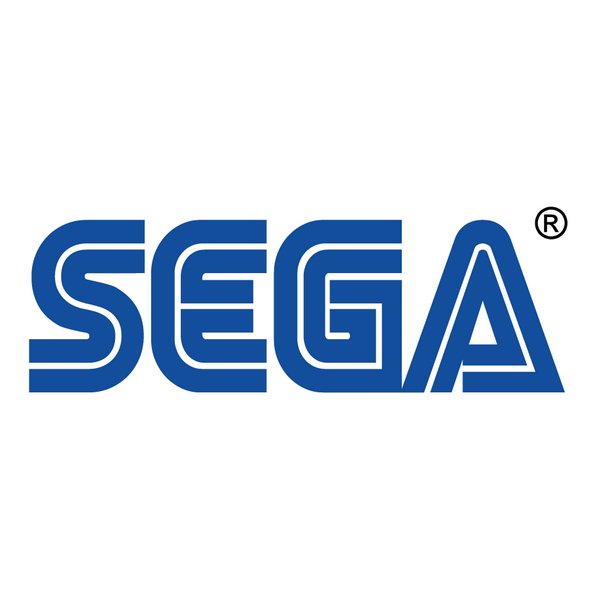
We all love Sega, the publisher who brought so many classic experiences into our lives. But what about the games that the company was working on or were planned for Sega systems that just never came to be? Join us today as we look at 4 games Sega was working on or were planned for Sega systems.
Doctor Who
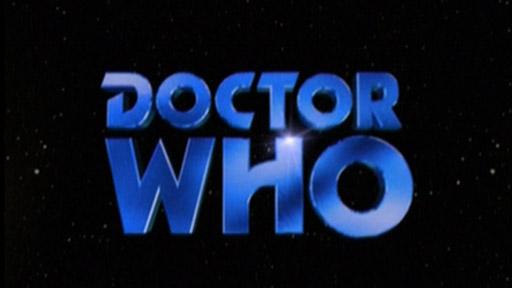
Doctor Who, Britain’s answer to Star Trek in many ways, has been delighting and scaring children since its debut in 1963. The story about a time travelling alien who uses a police telephone box has resonated with many over the years, and there were a number of games for home computers like the BBC Micro. When it came to consoles on the other hand, well, we were mostly out of luck.
However, there was almost a game released for the Mega Drive in 1994, developed by Sega no less. In issue 21 of Mean Machines Sega, released in August 1994, it was announced that Sega was working on a Doctor Who game for the platform and that Sega was planning to use several reference points so they could establish the game’s narrative and how it would play.
It’s important to remember that in 1994, Doctor Who had been off the airwaves for over five years, but the fandom had never died out. 1994 also saw rumours of a film adaptation emerging and many suspect that this Sega game was being made to tie into a movie that was in development.
So, what happened? Well, it’s on this list so it obviously did not come out. In fact, there is no other mention of the game anyone except in the August 1994 issue of Mean Machines Sega. Fans have made dedicated searches, but nothing has come up and it is unclear how much if any development was actually done on the game.
Considering that the Saturn was due to release soon, in just a few months in Japan, in fact, it is possible Sega pulled the plug on a Mega Drive game that would have been seen as risky due to fears it would not sell and be a waste of money. It is also possible that the game was simply a victim of licensing agreements with the BBC and filmmakers since the movie ended up going through many changes.
And what happened to that Doctor Who movie? Well, it was released in 1996 as a made-for-TV movie aired by the Fox network and was intended to launch a new American Doctor Who series. That obviously did not work out, but in 2005 the BBC brought Doctor Who back and it has been with us ever since.
Interplanetary Lizards of the Texas Plains
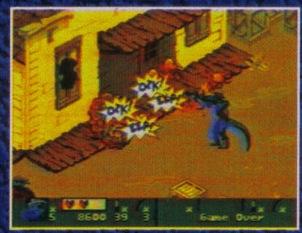
The ‘80s and ‘90s were part of a boom period in the American comics scene. Independent titles such as The Crow, Dreadstar and more were making waves and the monumental success of Teenage Mutant Ninja Turtles sparked a wave of creators trying to make it big either by cashing in on the Turtles craze or to make a name for themselves. Enter Interplanetary Lizards of the Texas Plains, a comic set in an alternate version of the Wild West where a spaceship crash in the Texas desert released a number of alien creatures onto Earth.
Stop me if this sounds familiar, but three of these aliens, Lizards known as Doc, Rattler and Tumbleweed find their way to a gunslinger named Morris Hoover who trains them to be the best gunslingers in the west while fighting the evil Tiberious Toad who seeks to conquer the west.……So basically it was a mix of TMNT and Battletoads with a bit of Bucky O’Hare then. Well, they can’t all be original ideas, can they?
The series was relatively popular and had enough attention behind it to get a deal for a game adaptation on the Mega Drive/Genesis in 1993. The game was being developed by Tengen and multiple screenshots were released, showing that the game would have an isometric shooter, befitting the game’s source material. The game was planned to have the option for two players to play together with the game having an arcade feel.
Why the game was cancelled sadly comes down to Tengen being shut down by its parent company Time Warner in 1994. The game was believed to be lost completely for some time, but the story takes an interesting turn here. In September 2014, a prototype of the game was actually found in Connecticut and pictures of the prototype were posted on Facebook as evidence. The prototype was unfinished there were promises made of video footage, while many hoped for and a release of the ROM. Despite all of this, however, the ROM has still not been released online and there seems to be no intention of ever releasing it, leaving what the gameplay was actually like to be left to the imagination.
Sonic The Hedgehog Amiga
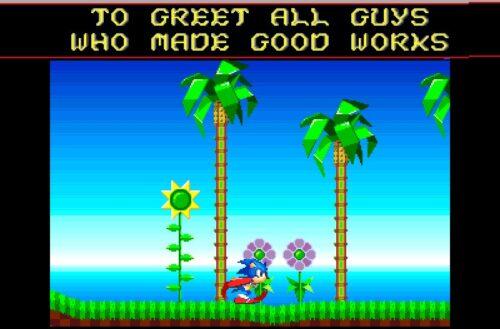
Sonic, Sonic, Sonic, Sega’s mascot has a long history and has been used by the company for almost everything, and this almost included a port to the Amiga. This may sound strange at first to those in North America, but Sega had a lengthy history of releasing ports for microcomputers in Europe, including a port of Dynamite Dux with a rather….ahem, interesting easter egg.
Back in 1991, the Italian video game magazine The Games Machine ran a story about how the original Sonic the Hedgehog title was going to receive conversions for a number of computers, with a focus being on an Amiga version. The conversions were being handled by U.S. Gold, a longtime partner of Sega when it came to making microcomputer conversions of Sega games and was targeting a June 1992 release.
While Sega would go on to release a number of conversions of Sonic the Hedgehog, notably for the PC, the Amiga version was never released. It’s unclear what exactly happened, but there is some belief that a falling out between Sega and U.S. Gold led to the game’s cancellation.
Normally, that would have been all for the story but instead, this is where things get interesting. Two screenshots of the conversion from the article have circulated since, and it seems the game was going to have a number of changes. The title screen used Sonic’s American design for one, rather than the Japanese one, but more importantly, it seems the game was planned to have redesigned levels and brand-new levels altogether with redrawn visuals……or so it seemed at first.
A separate gaming magazine from Spain known as Superjuegos would also show screenshots of the Amiga version, but these were completely different and seemed to contradict what was shown in The Games Machine, while other screenshots appeared in the magazine ACE corroborating the idea that it was to feature an overhaul. This wasn’t all either, as User RACCAR on the SonicAges forum also posted screenshots from the demo from June 1992, which only added to the confusion, and made many wonder what was real regarding the game and what was not.
But this is still not the end of the story, as a disk image of the game would appear online on the website Demozoo.org, but sadly there is no way to actually play the demo currently. Ah, the twists and turns the Sonic games take.
X-Women: The Sinister Virus
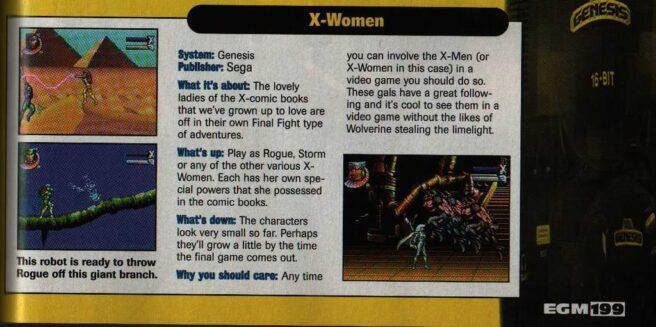
Back in the 90s, Sega had a great track record when it came to comic book video games, especially ones based on Marvel comics. There was the Spider-Man arcade game, a rather innovative brawler that also became a Rolling Gunner-style game at times, even if it did find make players’ life decrease gradually as a way to get more money. There were also Spider-Man games for the Mega Drive/Genesis, Sega CD and 32X, and the two well-loved X-Men games that are still regarded as some of the best on the system.
Sega was planning another game in this mould with X-Women: The Sinister Virus, or just X-Women, which was intended to be the third and final game in the X-Men series from Sega and as the name suggests, was intended to focus on the women of the team. The game was being developed by Clockwork Tortoise and was going to use characters such as Rogue, Storm, and Jean Grey, with all three characters being able to fly, Storm being able to use lightning attacks, Jean Grey being able to use Telekinesis and so on.
The game was planned for a release in 1996, but things did not work out. The game had been shown off at E3 1996, but that version was still in an early state, and the December 1996 issue of EGM ran a story about the game, which was a bad sign that the game would be delayed to 1997. Keep in mind that the Sega Saturn was already on the market and that Sega was moving away from 16-bit gaming and you can see where this is going.
Clockwork Tortoise ended up closing around this time which ended up causing whatever work was done on the game to be halted, and that was that. In 2013, former Sega Associate producer John Pedigo did an interview with Sega-16, where among other topics he discussed the game and how the development was problematic from the very beginning. Despite the hype around it, the game had actually never left the early development stages and only the art, music, and basic programming had been done, with so much left unfinished.
Pedigo did state he had a build of the game in his possession, but sadly it was now degraded and unplayable. And this did Sega’s long history of Marvel games end, not with a bang, but with a whimper.
There are still more lost Sega games out there and we will take a look at some more in the future, but what lost video games interest you the most?

